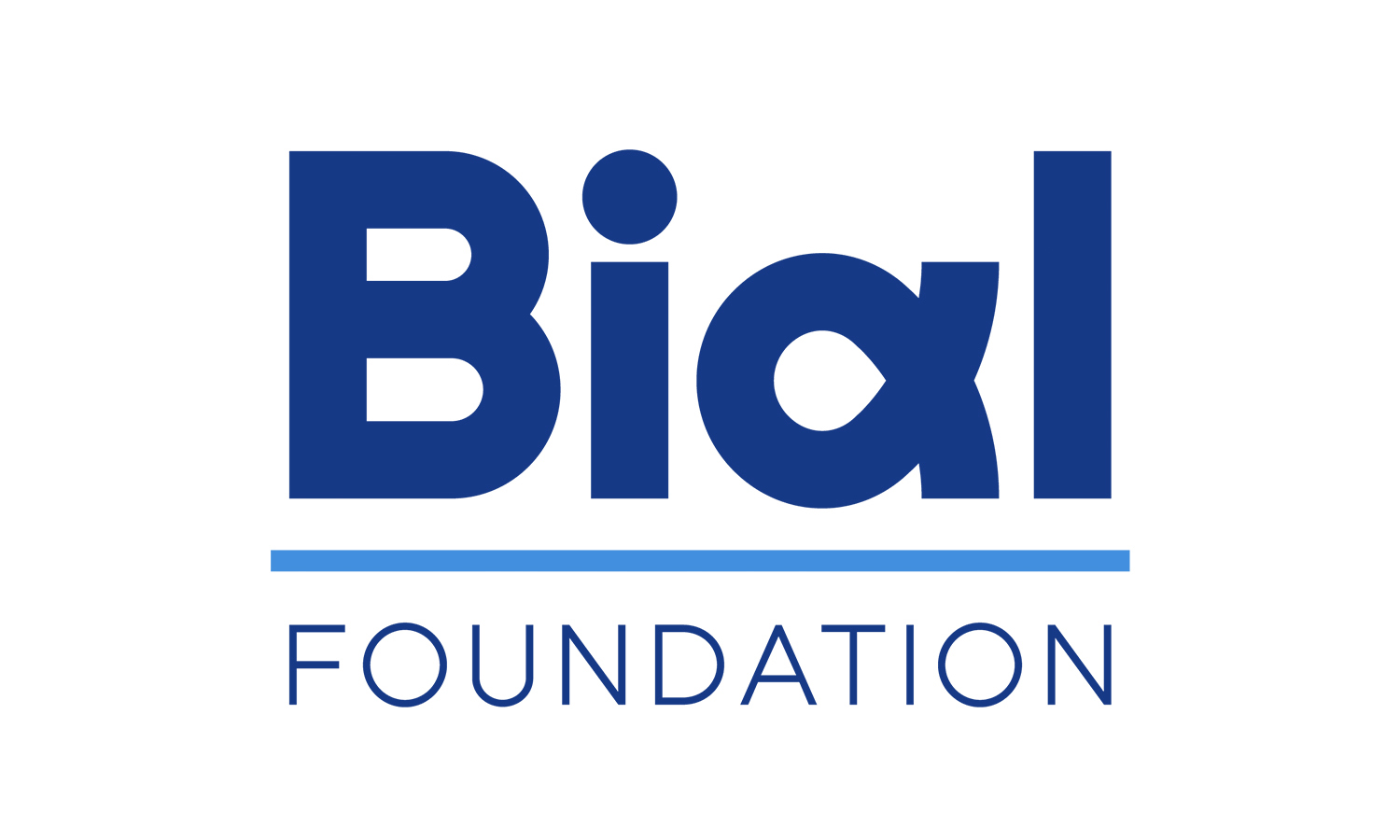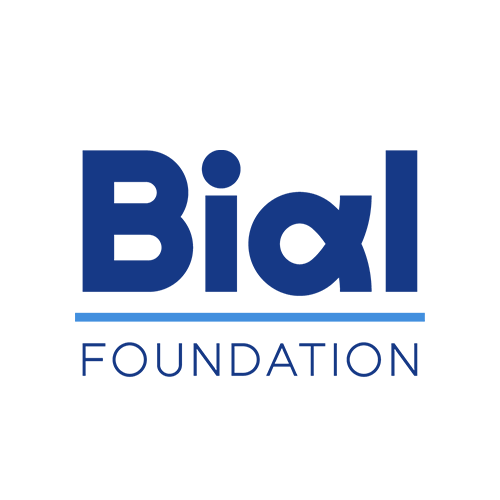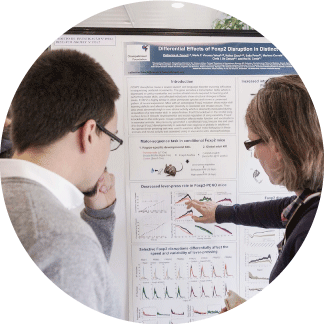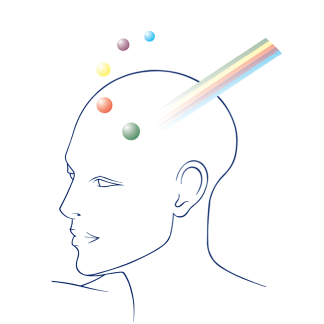News
Top Stories

Dream and daydream: differences and similarities
Did you know that daydreams reflect events from the previous two days and “night” dreams resemble a fictional plot?

Does your dog have social skills?
A study suggests that viewing the owner’s face works as a positive social reinforcement for dogs. Learn more about this and other surprising results about “man’s best friend”.
News

Voluntarily turning off consciousness
Matthew Sacchet, principal investigator of project 99/20 - Beyond "mindfulness" and toward a modern science of meditative mastery and spiritual transformation, supported by the BIAL Foundation, studied the total absence of consciousness during meditation achieved by some advanced practitioners. Besides the absence of any time experience or tiredness, practitioners also report a sudden sense of clarity, openness, and possibly insights after emerging from meditation-induced cessations of consciousness.
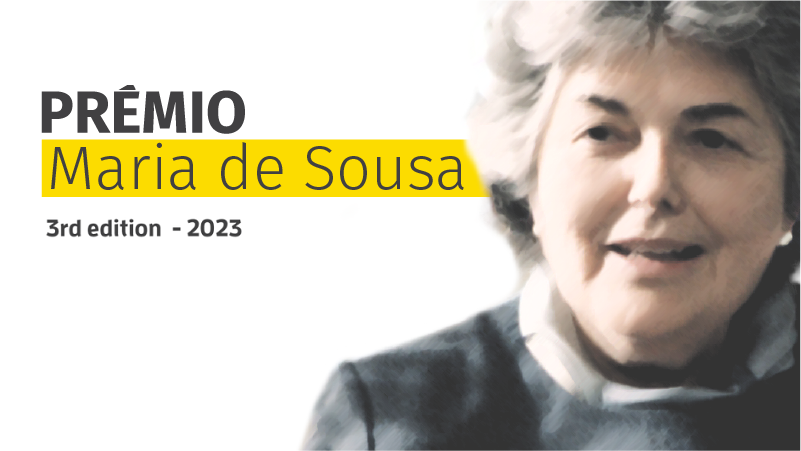
Maria de Sousa Award: applications until May 31
The Portuguese Medical Association and the BIAL Foundation are promoting the third edition of the Maria de Sousa Award, launched in 2020 to honour the memory of the physician and great researcher Maria de Sousa. The Maria de Sousa Award aims to award and support young Portuguese researchers, aged 35 or under, with scientific projects in the area of Health Sciences, including a mandatory internship in an international center of excellence.
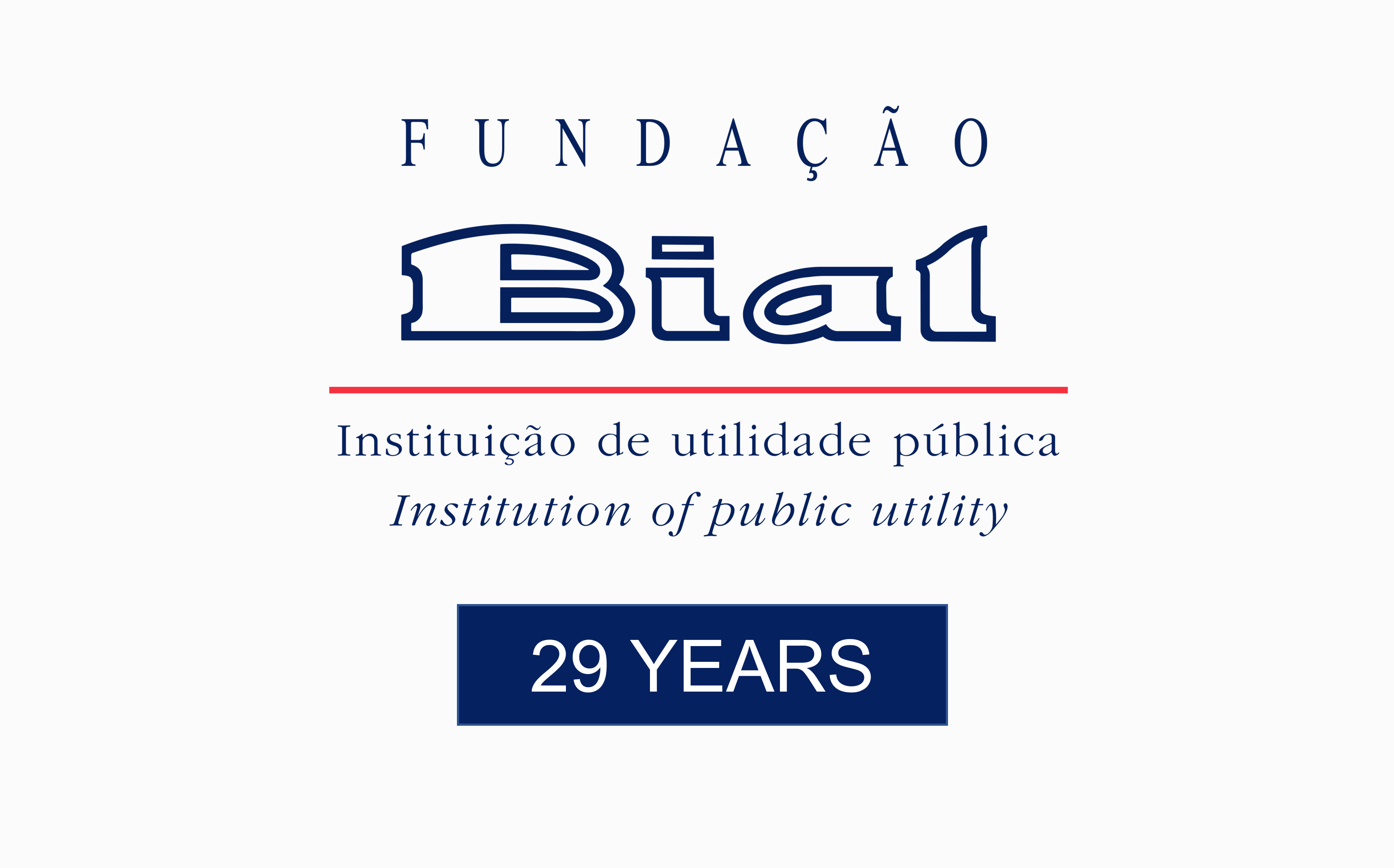
BIAL Foundation celebrates its 29th anniversary
Today, the BIAL Foundation celebrates 29 years of activity in three areas with the aim of stimulating new discoveries and contributing to the improvement of human life: the attribution of Awards, the Grants Programmes for Scientific Research and the “Behind and Beyond the Brain” Symposia.

